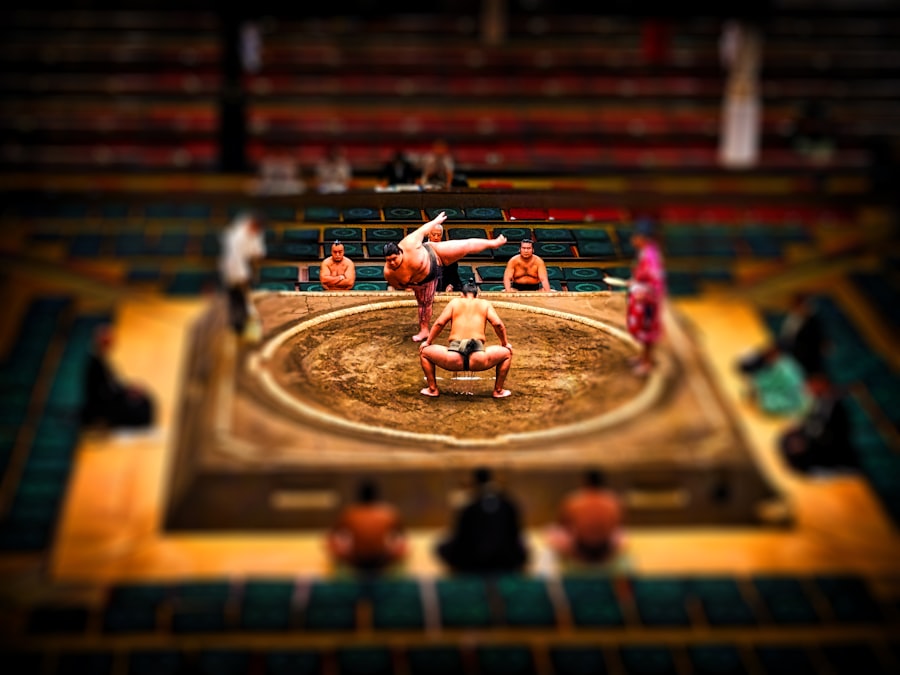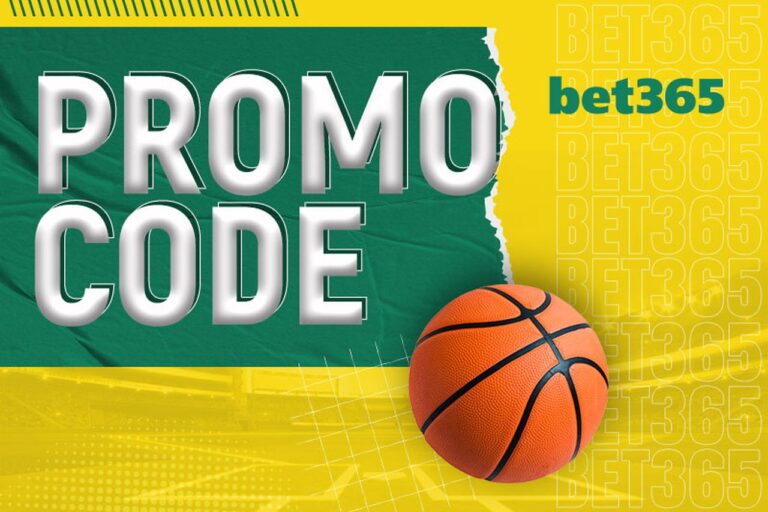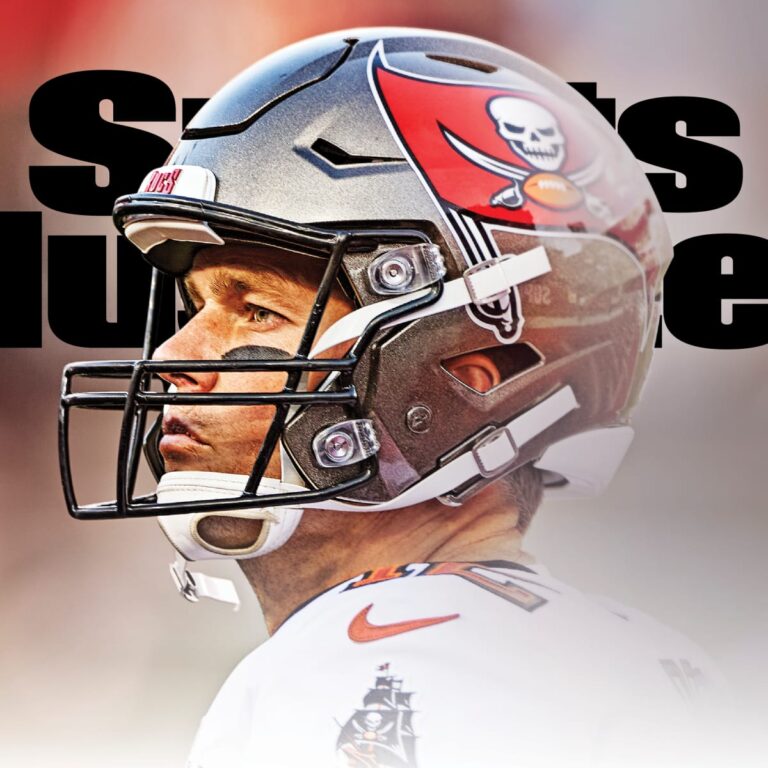Stick sports refer to any sport that involves the use of a stick or a similar object as a primary tool. These sports can include hockey, lacrosse, field hockey, and even golf. While stick sports can be exciting and enjoyable, they also come with inherent risks. The use of sticks introduces the potential for injuries, both minor and severe.
The risks involved in playing stick sports are primarily due to the nature of the game. Stick sports often involve high-speed movements, physical contact, and the use of a hard object. These factors increase the likelihood of collisions, falls, and impacts that can result in injuries. Additionally, the swinging motion of the stick can lead to accidental hits to other players or oneself, causing further harm.
Common Stick Sports Injuries and Their Causes
In stick sports, some injuries are more common than others. One of the most prevalent injuries is a sprained ankle. This occurs when the ankle is twisted or turned forcefully, causing damage to the ligaments. Another common injury is a concussion, which can happen when a player is hit in the head with a stick or collides with another player.
Other common injuries in stick sports include fractures, dislocations, muscle strains, and contusions. Fractures can occur when a player falls or is hit with excessive force. Dislocations can happen when a joint is forced out of its normal position. Muscle strains occur when muscles are stretched beyond their limits or torn. Contusions are bruises that result from direct blows to the body.
Signs and Symptoms of a Stick Sports Injury
It is essential to be able to recognize the signs and symptoms of a stick sports injury to provide appropriate care. Some common signs include pain, swelling, bruising, and difficulty moving the affected area. Other symptoms may include numbness or tingling, weakness, and instability.
To identify a stick sports injury, it is crucial to assess the circumstances surrounding the injury. If there was a direct blow to the area or a fall, it is more likely that an injury has occurred. Additionally, if the pain or swelling worsens over time or if there is a visible deformity, it is essential to seek medical attention.
First Aid for Stick Sports Injuries
| Injury Type | Symptoms | First Aid |
|---|---|---|
| Fracture | Pain, swelling, deformity | Immobilize the affected area, apply ice, seek medical attention |
| Dislocation | Pain, swelling, loss of movement | Immobilize the affected area, apply ice, seek medical attention |
| Strain | Pain, swelling, muscle weakness | Rest, ice, compression, elevation, seek medical attention if severe |
| Sprain | Pain, swelling, bruising, limited movement | Rest, ice, compression, elevation, seek medical attention if severe |
| Concussion | Headache, dizziness, confusion, nausea | Rest, seek medical attention, avoid physical activity until cleared by a doctor |
Administering first aid for stick sports injuries can help alleviate pain and prevent further damage. The first step is to stop any bleeding by applying direct pressure to the wound with a clean cloth or bandage. If there is a fracture or dislocation, it is important to immobilize the affected area using a splint or a makeshift splint made from available materials.
For sprains and strains, the RICE method can be used: Rest, Ice, Compression, and Elevation. Resting the injured area will help prevent further damage. Applying ice can reduce swelling and pain. Compression with an elastic bandage can provide support and reduce swelling. Elevating the injured area above heart level can also help reduce swelling.
When to Seek Medical Attention for a Stick Sports Injury
While first aid can be helpful in managing stick sports injuries, there are instances when it is necessary to seek medical attention. If the injury is severe, such as a compound fracture or a dislocation that cannot be reduced, immediate medical attention is required. Additionally, if there are signs of a concussion, such as loss of consciousness, confusion, or persistent headache, it is important to seek medical evaluation.
Different medical professionals can assist with stick sports injuries depending on the severity and type of injury. Primary care physicians can provide initial evaluation and treatment for minor injuries. Orthopedic specialists are trained in treating musculoskeletal injuries and can provide more specialized care. Physical therapists can assist with rehabilitation and recovery.
Prevention Strategies for Stick Sports Injuries

Preventing stick sports injuries is crucial for the safety and well-being of players. One of the most important prevention strategies is proper training and conditioning. This includes strengthening the muscles used in stick sports, improving flexibility, and practicing proper techniques. It is also important to warm up before playing and to cool down afterward.
Using the right equipment and gear is another essential aspect of injury prevention. This includes wearing helmets, mouthguards, and protective padding as necessary. Sticks should be the appropriate size and weight for the player. Playing on well-maintained surfaces and using proper footwear can also help prevent injuries.
Proper Equipment and Gear for Stick Sports
Having the right equipment and gear is crucial for safety in stick sports. Helmets are essential to protect the head from impacts and reduce the risk of concussions. Mouthguards can help prevent dental injuries. Protective padding, such as shoulder pads, elbow pads, and shin guards, can provide additional protection.
Choosing the right stick is also important. The stick should be the appropriate length for the player’s height and position. It should also be made of durable materials that can withstand the demands of the sport. Grip tape or grip enhancers can improve control and reduce the risk of accidental slips.
Rehabilitation and Recovery from Stick Sports Injuries
Rehabilitation plays a vital role in recovering from stick sports injuries. The rehabilitation process typically involves a combination of exercises, stretches, and manual therapy techniques to restore strength, flexibility, and function. The specific exercises and techniques will depend on the type and severity of the injury.
Physical therapists are often involved in guiding patients through their rehabilitation journey. They can provide personalized exercise programs, hands-on treatments, and education on injury prevention. Rehabilitation may also involve other healthcare professionals, such as orthopedic surgeons or sports medicine physicians, depending on the complexity of the injury.
Returning to Play After a Stick Sports Injury
Returning to play after a stick sports injury should be done gradually and under the guidance of a healthcare professional. It is important to allow the injured area to heal fully before resuming activity. Once cleared by a medical professional, a gradual return to play program can be implemented.
The return to play program typically involves a progression of activities that gradually increase in intensity and complexity. This allows the body to adapt and regain strength and function without risking further injury. It is important to listen to the body and not push too hard or too quickly during this process.
Long-term Effects of Stick Sports Injuries and How to Manage Them
Some stick sports injuries can have long-term effects that may require ongoing management. For example, a previous ankle sprain may increase the risk of future sprains or chronic instability. In these cases, it is important to continue with appropriate rehabilitation exercises and preventive measures, such as wearing ankle braces or using supportive taping.
Managing long-term effects may also involve modifying activities or techniques to reduce stress on the affected area. For example, a player with a history of shoulder dislocation may need to modify their throwing technique or avoid certain movements that put excessive strain on the shoulder joint.
Stick sports can be thrilling and enjoyable, but they also come with inherent risks. Understanding these risks and taking appropriate measures to prevent injuries is crucial for the safety and well-being of players. By following proper training techniques, using the right equipment, and seeking immediate medical attention when necessary, players can minimize the risk of stick sports injuries and enjoy their favorite sports for years to come.
If you’re an avid player of stick sports and are concerned about the risk of injury, it’s important to be prepared. One way to protect yourself is by wearing a mask during gameplay. In fact, a recent article on Off to Sports highlights the importance of wearing masks in sports that require close contact, such as hockey or lacrosse. The article provides valuable insights and tips on how to choose the right mask for your sport and how it can help prevent injuries. Check out the article here for more information on staying safe while enjoying your favorite stick sport.
How Can Joining the Stick Sport Community Help Prevent or Manage Sports Injuries?
Joining the stick sport community can significantly aid in preventing or managing sports injuries by fostering proper techniques and providing access to expert advice. Engaging with experienced players and coaches helps develop safer game practices and build physical resilience. The supportive environment promotes injury prevention through shared knowledge and collaborative training efforts.
How Can Stick Sports Safety Tips Help Prevent Common Injuries?
Stick sports safety tips to prevent injuries are essential for athletes to stay protected while playing. By using the right gear, maintaining proper technique, and staying aware of surroundings, players can reduce the risk of strains, fractures, and other common injuries, ensuring a safer and more enjoyable sporting experience.





